Bangladeshi expatriates sent home just 2.95 percent more in remittances in 2023 than they did in the previous year (2022), despite a record jump in the number of economic migrants going abroad. Data released by Bangladesh Bank on Tuesday revealed that expatriate Bangladeshis sent home around $21.92 billion through official channels in calendar year 2023, compared to $21.29 billion in 2022, reports UNB.
Although a record number of workers from the country went abroad this year, remittances or expatriate income did not increase as expected. The month-by-month remittance figures for 2023 revealed as much.
There is also a view that a lag should be expected before the greater numbers going abroad as economic migrants is reflected in remittance flows.
According to the latest data from the Ministry of Expatriate Welfare and Foreign Employment, 12.1 lakh, or 1.21 million workers went abroad from Bangladesh in the first 11 months of 2023. In 2022, this number was 11.4 lakh, or 1.14 million. With a month`s figures still to be added, the number had jumped by 6.1 percent.
“The remittance inflow has not increased in the same proportion that manpower is being exported from the country,” said economist Dr Ahsan H Mansur, executive director of the Policy Research Institute.
He said the expatriates are encouraged to send remittances through hundi or informally because they can get a significantly better price for the dollar outside the formal banking system, and the process of sending is easier. This is causing remittances to dry up and failing to meet expectations.
Remittances sent home by some 1.2 crore expatriates are enriching the country`s economy. Bangladesh ranks sixth in the list of number of expatriate workers abroad, but seventh in terms of expatriate income - a large part of it being remittances - in the world.
Bangladesh Bank data released on Tuesday revealed that Bangladesh received $ 1.99 billion in remittances in December 2023, identical to the November figure. The previous year in December 2022, the expatriates sent remittances of $1.70 billion. That is, compared to the same month of the previous year, the remittance increased by $290 million.
Looking at the inward remittance figure for the last six months, we see that the situation has just started to get back on its feet. In the year`s last quarter (Oct-Dec) we see remittances stabilising very close to the $2 billion mark, just a whisker below. Although it hasn`t breached the $2bn mark limit again yet, the situation is much improved from August-September, when it fell steeply.
Md Mezbaul Haque BB spokesperson said that inward remittances flow increased slightly in December, and the overall trend of remittance sending is stable so far due to the initiative of the central bank.
He said the central bank instructed banks to provide additional incentives from their financial resources, to play a role in increasing the flow of inward remittances through the legal channel.
With the government`s 2.5 percent incentive on expatriate income, banks can buy dollars at an additional 2.5 percent higher price. Then 5 percent is getting incentives in remittances.
The executive director of the South Asian Network on Economic Modeling (SANEM) Dr. Salim Raihan said that attracting remittances through incentives would yield no long-term benefits.
He said that the government should take a sustainable policy by introducing a market-based exchange rate of US dollars, which would lead to increased remittances through the formal channel.
Dr. Raihan said,”To increase remittances, hundi should be stopped. If you want to stop hundi, you have to introduce smart policy.”
The SANEM chief believes the Hundi network is able to incentivise its use just as banks do for theirs. Most importantly, no incentive in the world can at present compete with the dollar rate offered by the hundi specialists - at times reportedly hovering Tk 12-13 above the official dollar rate.
As long as the hundi remains rampant, the expected remittances will not come through legal or official channels.




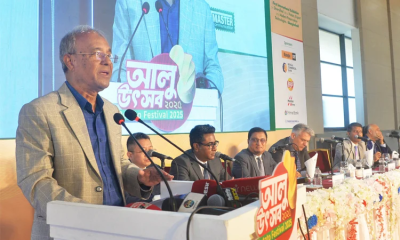



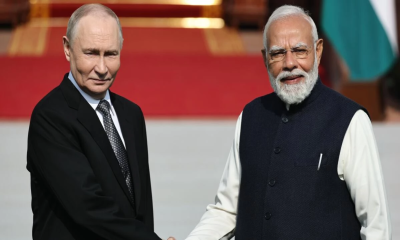















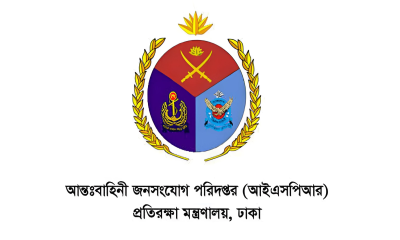


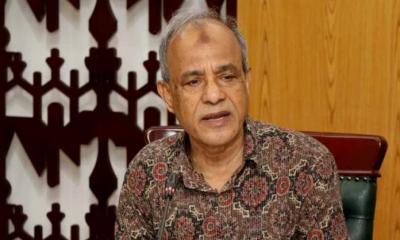





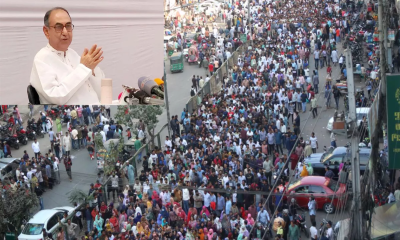


-20251216054240.jpeg)
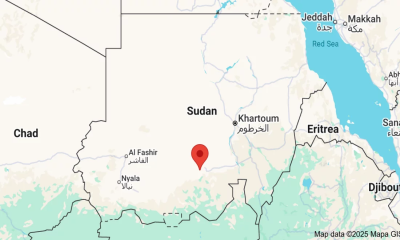

-20251212132043.webp)